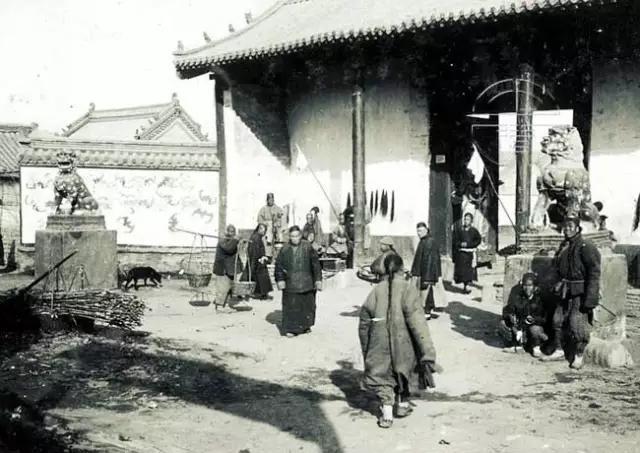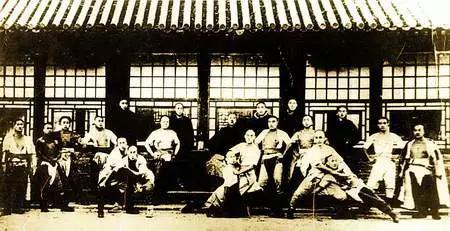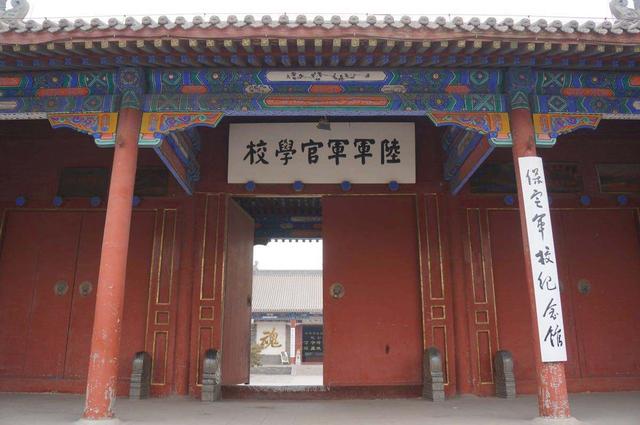
Zhili was the Northern administrative region from the 14th centry Ming dynasty until 1911. Zhili “directly ruled” means that its regions were directly ruled by the imperial government of China. Zhili was first constituted during the Ming dynasty, when the capital of China was located to Nanjing (Later the Yongle emperor moved it to Beiping, which then became known as Beijing). Zhili included major parts of Hebei, Henan, Shandong, Beiping (Beijing) and Tianjin. It also included parts of Jiangsu and Anhui (around Nanjing called South Zhili).
The Prefectures of Zhili included Shuntian, Baoding, Hejian, Zhending, Shunde, Guangping, Daming and Yongle where later they were divided differently for example in the 1700’s Tianjin station was separated from Hejian and Zangzhou was also separated, then Cangzhou became for a part of the Tianjin prefecture. These differences in historical geographies are important because it also influences how martial arts transiting between locations, their impetus of development and also their influences therein. Although Cangzhou is a part of Zhili, due to the importance and scale of its martial arts it is categorized separately (please find information here) , thus in this section we focus on Baoding prefecture and of the Shenzhou Zhili areas.
Baoding was previously was the capital of Zhili province (which included parts of Hebei, Henan, Shandong, Beijing and TIanjin) and for periods of time the capital of the latter established Hebei province. The Baoding prefecture has proximal to Beijing the capital and is has a vast number of martial arts systems that were either from the region or brought over during various military academies that attracted key fighters and martial arts experts.
Baoding, in Hebei Province, borders the national capital Beijing, 140 kilometers to the northeast. The city’s name, roughly interpreted as “protecting the capital,” refers to the city’s immediacy to Beijing. Due to its geographic location, Baoding has been of great military import since ancient times. The Battle of Zhuolu, the second battle in Chinese history recalled in Records of the Grand Historian, was fought between the Yellow Emperor (Huang Di) and Chi You in the north end of Baoding. Jing Ke, in the tale of The Emperor and the Assassin, resided as a guest in the estates of Dan in present-day Baoding, becoming renowned for his failure to assassinate Ying Zheng, the King of Qin, who later became China’s first emperor (r. 221-210 BC). The city also witnessed numerous historical episodes during the War of Resistance against Japanese Invasion, including the Five Heroes of Langya Mountain and Tunnel Warfare.

Baoding was home not just to various monarchs, such as Emperor Yao (a legend in ancient China), Liu Bei (founding emperor of Shu-Han) and Zhao Kuangyin (founder of the Song Dynasty), but also holds the Western Qing Tombs (of Emperors Yongzheng, Jiaqing, Daoguang, and Guangxu). Its history dating back to the Western Han Dynasty (206 BC – AD 24), Baoding later served as the capital of Zhili (today’s Hebei Province) from 1669, remaining a vital center of politics, defense and culture for almost 300 years.
The Zhili Governor-general’s Office was first built in 1729 (seventh year of Emperor Yongzheng’s reign), this was the office of the top military and administrative official in Zhili Province. In operation for 182 years, 74 governors served 99 terms here, all notable officials of the imperial court such as Zeng Guofan, Li Hongzhang, and Yuan Shikai. Among them, Li Hongzhang served the longest, for 25 years, also controlling the internal and foreign affairs of the Qing imperial court.
Baoding has been home to a large number of fighting styles in China, as well as melting pot of styles from other places where experts came as either coaches of the military academies or parts of the various military and rebellious activity. Below is a list of some of those styles:
| 戳脚门 Chuojiao Men 八翻拳 Bafan Men 短拳门 Duan Quan 形意拳 Xingyi Quan 八卦掌 Baguazhang 地躺拳 Ditang Quan 太祖拳 Taizu Quan 太极十三形 Taiji ShisanXing | 鹰爪翻子 Yingzhao Fanzi 绵掌翻子 Mianzhang Fanzi 龙形翻子 Longxing Fanzi 燕青翻子 Yanqing Fanzi 义子八翻 Yizi Bafan 三皇炮捶 Sanhuang Paochui 梅花桩 Meihua Zhuang 二郎拳 Erlang Quan 通背拳 Tongbei Quan | 佛汉拳 Fohan Quan 罗汉拳 luohan Quan 少林拳 Shaolin Quan 八仙拳 Baxian Quan 猿功拳 Yuangong Quan 马氏长拳 Ma Family Quan 西洋拳 Xiyang Quan 六合拳 Liuhe Quan 汤瓶七式拳 Qishi Quan | 大成拳 Dacheng Quan 大悲拳 Dabei Quan 唐子捶 Tangzi Chui 母子拳 Muzi Quan 昆仑拳 Kunlun Quan 武子长拳 Wuzi Chang Quan 顺式拳 Shun Shi Quan 华拳 Hua Quan |
Baoding, The first Modern Military Academy

The Baoding Army Military Academy was established in 1912, and its predecessor was founded in Beiyang in the 29th year of Guangxu in the Qing Dynasty (1903) Accelerated Military Preparation Academy, Beiyang Army Accelerated Academy, Army Officer Academy. the Baoding Army Officer School, founded in 1912, was the first modern and regular military academy in modern Chinese history. The school ran for nine sessions and ceased operations in 1923, and trained more than 10,000 military personnel, including 1,500 generals.
The Zhili Clique (直系)
After the fall of the Qing dynasty, China entered into a volatile period being controlled by warlords and having ongoing turmoil. It was the Xinhai revolution that led to the establishment of the Republic of China in 1912 by General Yuan Shikai, who was like a dictator at the time. He passed away in 1916, which then led to great instability resulting constant civil wars between factions leading to the Warlord era. The largest battles were held in the Central northern plains where over 1 million soldiers gave their lives. Even though the warlord era seemed to theoretically end in 1928, it did not, as the Guomingtang were unable to manage the country leading to negotiations with warlords who maintained influence throughout the 1930s and 1940s. These internal conflicts left China in a very weakened military situation which opened the opportunity for the Sino-Japanese war and further Chinese Civil War.
That period was by no means time for an easy life and many martial artists joined in different parts of the various wars. In fact the large majority of officers were either from a martial arts background or trained in martial arts. The Zhili Clique was the most powerful during the warlord era and there much activities to quickly train and develop their armies.
General Cao Kun (later President of the Republic of China from 1923-1924) was from the Jinghai region of Tianjin and commenced his military career during the first sino-japanese war in 1894 where he was part of the army that fought in Joseon. After the war he joined Yuan Shikai, where he was involved in the training of the new army (Beiyang Army), Cao sought out martial arts experts from his home regions including Tianjin, Cangzhou and Dezhou, as well as those from the Baoding area and they were then cohersed to help training at the Baoding academy. There in Baoding, many experts would meet and exchange, enrichening the Baoding martial arts beyond measure. Cao Kun however, was a very ambitious individual who after rising quickly through the ranks had undertaken many criminal approaches to either removing his competitors or influencing them (it should be noted those turbulent times most did).
